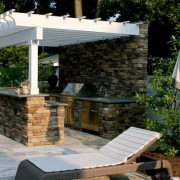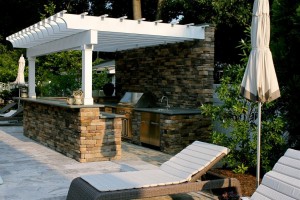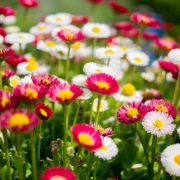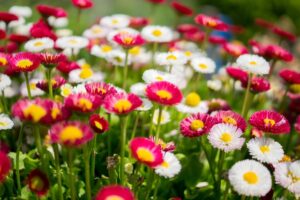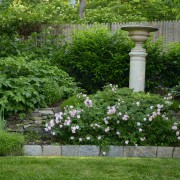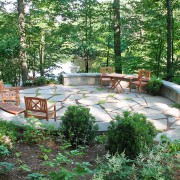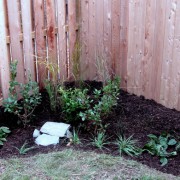Fast Growing Plants – Pros and Cons
There are times that you may want to fill your yard quickly with a landscape that looks like it has been there for years. While adding fast growing plants can certainly provide instant gratification, they also bring on some challenges to consider.
The Upside to an Instant Garden
Whether you own a new-construction home that has minimal amounts of landscaping, or you are in an older home with a landscape in need of some TLC, fast growing plants and trees can add a much-needed dimension to your yard. For homes in need of shade there are some trees that grow very rapidly such as Japanese Zelkova, Willow, and Birch. Plants such as Hydrangeas, rambling roses, and gooseneck loosestrife also grow fast and spread quickly to fill empty spaces in a garden or landscape. So if you are in need of an instant full-grown look, these types of plants and trees can be of great benefit. However, be aware of the compromises you may have to make in order to get this instant look.
The Downside to Fast Growing Plants
While your yard may look great quickly, be ready for ongoing maintenance and care for this type of yard. Some fast growing trees such as the cottonwood has weak wood because of its rapid growth. This can cause many broken limbs during a storm with heavy winds. Other fast-growing trees can develop aggressive root structures that surface with age and cause damage to structures such as sidewalks. Fast growing plants and bushes will require ongoing pruning. This is because many of them self-seed and spread rapidly to potentially take over a landscape.
At Shorb Landscaping, our team of landscapers and designers can help you design a landscape that suits your style and preferences. Call us at 301-897-3503.


